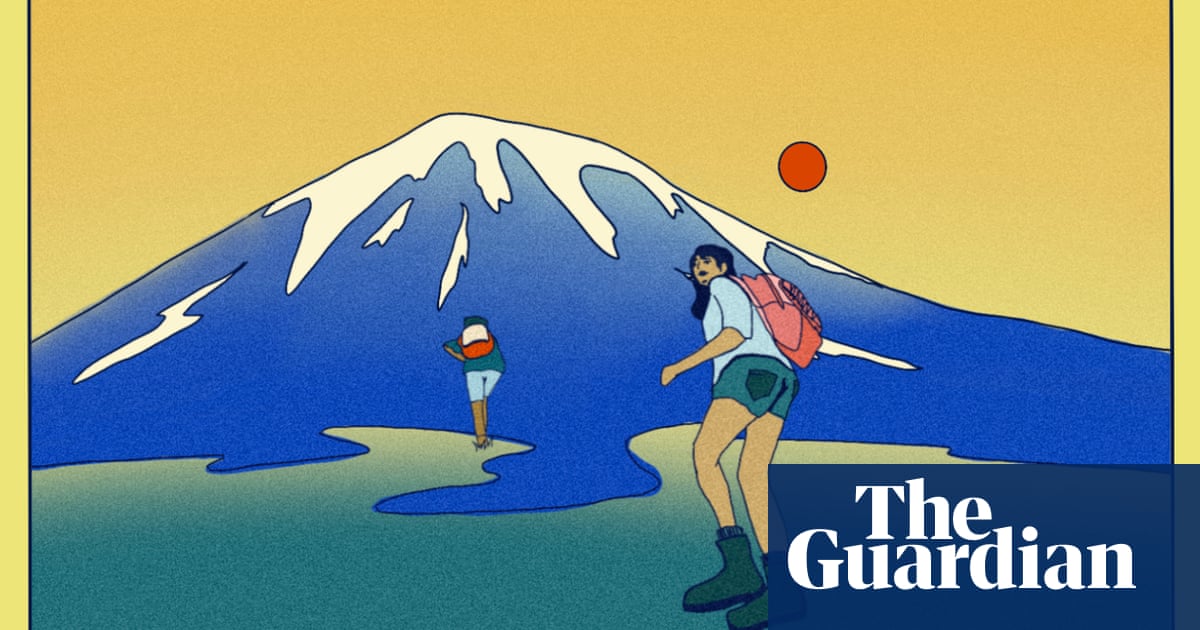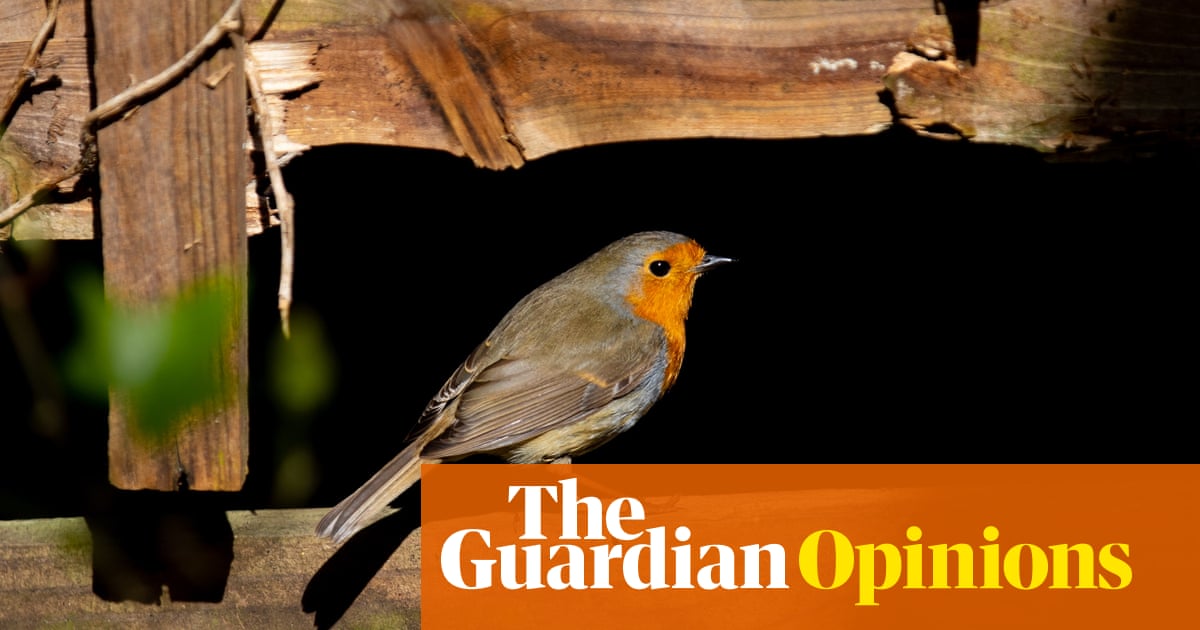
Surrounded by snowy peaks, I spied his silhouette in the distance and then watched him disappear around a turn bordered by colorful prayer flags. In our 20s, we’d trekked for three months in Nepal, only stopping to sip hot chai and eat warm dal for meals. After serving in the Peace Corps in the Central African Republic, I’d anticipated a romantic journey as a couple with my best friend turned boyfriend. But as hiking partners, we were rarely together. I was a strong backpacker; he was stronger.
After I finally caught up with him, I’d start to feel deflated as the distance grew between us yet again.
While I loved his adventurous spirit, the disconnect in our pacing allowed ample time for contemplation: “Do I want to commit to someone who prefers to hike alone together?” I’d wonder. For years, I’d judged older men who walked far ahead of their partners on city crosswalks or outdoor trails, their torsos leaning forward as if pulled by some invisible force. Yet I rationalized that my boyfriend and I were giving each other freedom to “hike our own hike”.
Walking solo was the opposite of how I was raised by parents who hiked and biked with their four kids every weekend in Alabama.
“Make sure you can see the person behind you!” my mom would shout to her “ducks in a row”, as she called her brood, with nine years between me and my younger sister.
After we were grown, my parents prepared to hike the 2,190 miles of the Appalachian Trail, the first of three thru-hikes that would include the Pacific Crest Trail and nearly all of the Continental Divide Trail. These epic hikes in the US took training and preparation and five months or more to complete.
During their trips, I was surprised to learn my dad did all the cooking and cleaning: the only meal I’d seen him prepare in my youth was heating up a can of Brunswick stew if my mom was sick. For thousands of miles on their hikes, he carried additional weight in his pack, and she set the pace.
As a teen in the 1980s, I predictably wished she was more like the feminist working mother I wanted to be. But long-distance hiking turned their conventional gender roles upside down. She had a bridge group in the deep south but was a badass on the trail with a partner eager to support her.
“What changed?” I once asked her.
“He doesn’t want to hike alone,” she explained with a grin. “And after all these years, I’m happy to let someone else do the cooking!”
In 1994, they finished their first thru-hike from Georgia to Maine using the trail names Annie and the Salesman, a reference to my dad’s former job selling IBM computers. Yet we didn’t know his time alone would come too soon.
“Backpacking feels right because it gives us the ability to live outdoors and carry everything we need,” my mom wrote in her journal. They often served as role models to younger couples who sought advice on the trail and later visited their home in Alabama.
On the Pacific Crest Trail in 1999, twentysomething hikers named Lara and Jason drew arrows in the snow to help guide my parents through the Mount Jefferson Wilderness after learning they’d been lost for hours looking for the trail. They always felt safer walking together in the backcountry as well as biking at home.
But during the winter of 2003, a teen driver collided with my mom’s bike after she left my dad to retrieve a pair of gloves forgotten at a local yoga class. At 58 years old, my mother – his eternal hiking partner – died instantly, and he had to learn how to walk alone.
“I hope to be alive for years to come,” he told us weeks after her death, “but I’ve written my own final wishes for a burial without embalming or a vault to heal the Earth rather than harm it.” The consummate planner, he wanted us to have clear directions for his own funeral when that time came.
“One of the hardest things I did after Ann’s death was to hike without her,” he told me, describing how he bawled at the trailhead and then submerged himself in a waterfall before putting on his pack. “I had to learn that she could still guide me.”
Yet in a mirror-image accident two years later, he was killed by another teen driver while he cycled on the shoulder of the road in our hometown. Following his wishes, we buried him in a simple pine box, his body returning to the earth with hers.
As a mother and teacher, I’m the same age as my mom when she died, although I’m raising two daughters by myself in a 900 sq ft rental on a college campus in the Appalachian Mountains. My marriage ended nearly two decades ago: our different paces in Nepal didn’t cause that demise, but it sure did provide a contrast to the next time I found love on the trail.
Several years after my divorce, I started dating a close friend from grad school in what became a 10-year cross-country romance, impractical but grounding in every way. We first hiked with my two young children, and I’d use snacks to help them keep up with us. Once, I willingly swallowed a black fly while singing that song in a comedic attempt to coerce my older daughter to keep moving on a buggy summer trek. But he’d reach down, take their hands and walk beside them. When we backpacked without kids, we hiked together, quiet companionship that felt like home to me.
This summer, my youngest daughter, a rising senior in high school, shared a communication tool for hiking called “red light, green light”, which she learned during an Outward Bound scholarship course for students in western North Carolina.
“I was the slowest one in our whole group,” said Annie Sky, named after my mom. “At first, I felt bad, but everyone was so supportive. So I would call out ‘red light’ if I needed the group to stop or ‘yellow light’ if I wanted them to slow down.”
One of my daughter’s friends said her mother used to invite first dates on a hike. “If a guy walked far ahead, my mom wasn’t sure if he was just being protective or if he was too nervous to talk!” she said.
In contrast, my sister has backpacked all over the Pacific north-west with her three teenage boys, and her husband is often the slowest in their family (he also thru-hiked the Appalachian Trail in his twenties). For safety, their simple rule is to wait for the group at any juncture.
“We all have different paces,” my sister said. “But the boys can’t plow ahead without considering other people like their dad.”
“Besides,” she added, “I can’t imagine a world where he would just leave me.”
As a single mom, I relish my solitude when I get it. But as an environmental educator in a climate crisis, I believe walking together might be a love language and lifeline for me. My father wrote: “Like most of life, it’s the friends who make the trail.” The trail is one place where I can honor the people and places I cherish and carry that love for ever.












